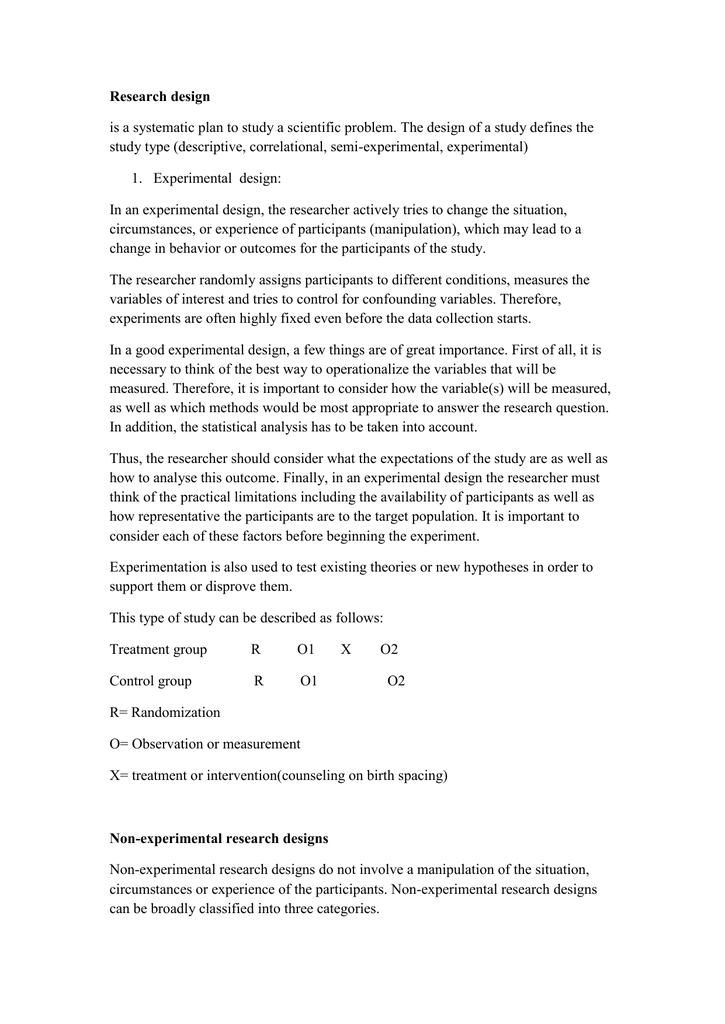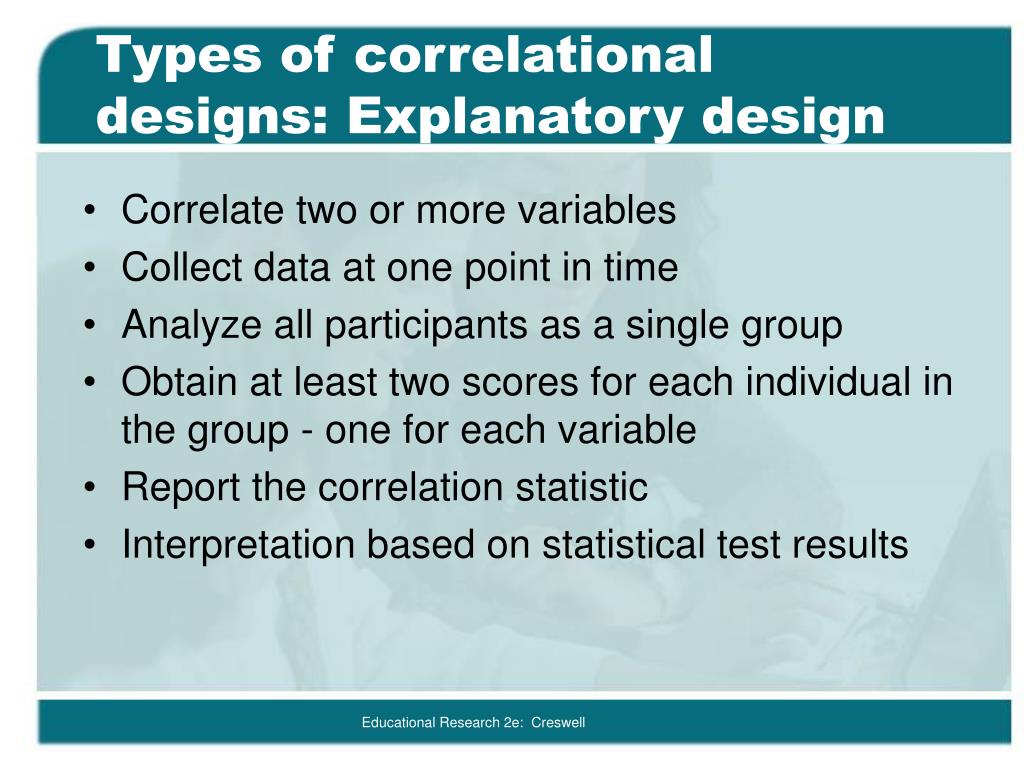Table Of Content

Factor analysis can help identify underlying factors that influence the relationship between two variables. A negative correlation occurs when one variable increases while the other decreases. This means that as one variable increases, the other variable tends to decrease.
Institutional Review Board – Application Sample...
What Is a Longitudinal Study? - Verywell Mind
What Is a Longitudinal Study?.
Posted: Sat, 02 Dec 2023 08:00:00 GMT [source]
Correlational research serves as a powerful tool for uncovering connections between variables in the world around us. By examining the relationships between different factors, researchers can gain valuable insights into human behavior, health outcomes, market trends, and more. While correlational studies cannot establish causation on their own, they provide a crucial foundation for generating hypotheses, predicting outcomes, and informing decision-making in various fields. By prioritizing informed consent, confidentiality, and participant well-being, researchers can conduct studies that uphold ethical standards and contribute meaningfully to the body of knowledge. Incorporating transparent reporting, peer review, and continuous learning further enhances the quality and credibility of correlational research. Ultimately, by leveraging correlational methods responsibly and ethically, researchers can unlock new insights, drive innovation, and make a positive impact on society.
Research Methods in Psychology – 2nd Canadian Edition
For example, correlational research may reveal the statistical relationship between high-income earners and relocation; that is, the more people earn, the more likely they are to relocate or not. A statistic that measures the strength of a correlation between quantitative variables. Another approach to correlational research is the use of archival data, which are data that have already been collected for some other purpose. An example is a study by Brett Pelham and his colleagues on “implicit egotism”—the tendency for people to prefer people, places, and things that are similar to themselves (Pelham, Carvallo, & Jones, 2005). In one study, they examined Social Security records to show that women with the names Virginia, Georgia, Louise, and Florence were especially likely to have moved to the states of Virginia, Georgia, Louisiana, and Florida, respectively.

Correlational Research: Methods and Examples
If the researcher simply asked participants whether they made daily to-do lists, then it is a correlational study. The distinction is important because if the study was an experiment, then it could be concluded that making the daily to-do lists reduced participants’ stress. But if it was a correlational study, it could only be concluded that these variables are statistically related. Perhaps being stressed has a negative effect on people’s ability to plan ahead (the directionality problem). Or perhaps people who are more conscientious are more likely to make to-do lists and less likely to be stressed (the third-variable problem). The crucial point is that what defines a study as experimental or correlational is not the variables being studied, nor whether the variables are quantitative or categorical, nor the type of graph or statistics used to analyze the data.
Kendra Cherry, MS, is a psychosocial rehabilitation specialist, psychology educator, and author of the "Everything Psychology Book." There are several actions that could trigger this block including submitting a certain word or phrase, a SQL command or malformed data. Just because you find a correlation between two things doesn’t mean you can conclude one of them causes the other, for a few reasons. Naturalistic observation is a type of field research where you gather data about a behaviour or phenomenon in its natural environment. Correlational research can be used to assess whether a tool consistently or accurately captures the concept it aims to measure. There are a few situations where correlational research is an appropriate choice.
Statistical Significance
This is true independent of whether the variables are quantitative or categorical. Correlational research is a type of non-experimental research method in which a researcher measures two variables and understands and assesses the statistical relationship between them with no influence from any extraneous variable. In statistical analysis, distinguishing between categorical data and numerical data is essential, as categorical data involves distinct categories or labels, while numerical data consists of measurable quantities.
II. Chapter 2: Overview of the Scientific Method
One of their measures involved observing pedestrians in a large city to see how long it took them to walk 60 feet. For example, people in the United States and Japan covered 60 feet in about 12 seconds on average, while people in Brazil and Romania took close to 17 seconds. These studies provide valuable insights into the factors influencing human behavior and mental well-being, informing interventions and treatment approaches in clinical and counseling settings. By addressing these considerations and limitations, researchers can enhance the robustness and credibility of their correlational studies and make more informed interpretations of their findings. For instance, if you're investigating the relationship between socioeconomic status (SES) and academic achievement, SES would be your independent variable, while academic achievement would be your dependent variable.
Correlational research is non-experimental as it does not involve manipulating variables using a scientific methodology in order to agree or disagree with a hypothesis. In correlational research, the researcher simply observes and measures the natural relationship between 2 variables; without subjecting either of the variables to external conditioning. Naturalistic observation is a correlational research methodology that involves observing people’s behaviors as shown in the natural environment where they exist, over a period of time. It is a type of research-field method that involves the researcher paying closing attention to natural behavior patterns of the subjects under consideration.
The correlation coefficient ranges from -1 to +1, with -1 indicating a perfect negative correlation, +1 indicating a perfect positive correlation, and 0 indicating no correlation. Researchers use correlation coefficients to determine the degree to which two variables are related. Experimental research design is used to investigate cause-and-effect relationships between variables. This type of research design involves manipulating one variable and measuring the effect on another variable. It usually involves randomly assigning participants to groups and manipulating an independent variable to determine its effect on a dependent variable.
But you can’t be certain about whether having low vitamin D levels causes depression, or whether having depression causes reduced intakes of vitamin D through lifestyle or appetite changes. Therefore, you can only conclude that there is a relationship between these two variables. Instead of collecting original data, you can also use data that has already been collected for a different purpose, such as official records, polls, or previous studies. Ethnography is a type of research where a researcher observes the people in their natural environment. Free and low-cost resources are available to researchers at all levels through academic institutions, museums, and data repositories around the world. Using records, databases, and libraries that are publicly accessible or accessible through their institution can help researchers who might not have a lot of money to support their research efforts.
Unlike experimental research, correlational research does not emphasize the causative factor affecting 2 variables and this makes the data that results from correlational research subject to constant change. However, it is quicker, easier, less expensive and more convenient than experimental research. Correlational research enables researchers to establish the statistical pattern between 2 seemingly interconnected variables; as such, it is the starting point of any type of research. It allows you to link 2 variables by observing their behaviors in the most natural state. Statistical patterns between 2 variables that result from correlational research are ever-changing.

No comments:
Post a Comment